Frustrated with Diets That Fail? This 7-Day Indian Vegetarian Diet to Lose Weight Actually Works
Looking for a simple way to slim down? This 7-day Indian vegetarian diet to lose weight offers balanced meals and lasting change.
Frustrated with diets that promise big results but leave you tired and hungry? You’re not alone — so many of us have been stuck in that cycle of trying one plan after another, only to feel let down.
But here’s the truth: weight loss doesn’t have to be about starving or giving up the foods you love. The Indian vegetarian diet to lose weight works differently — it’s full of familiar meals, tasty flavors, and everyday ingredients that you already know and trust. It’s not a fad, it’s a lifestyle you can actually stick to.
In this article, you’ll find a clear 7-day plan, lifestyle tips, and expert-backed advice that make weight loss simple and realistic. By the end, you’ll see exactly how the Indian vegetarian diet can help you lose weight naturally — and how this guide can be your first step toward lasting results.
What Is an Indian Vegetarian Diet and How Does It Helps You Lose Weight?
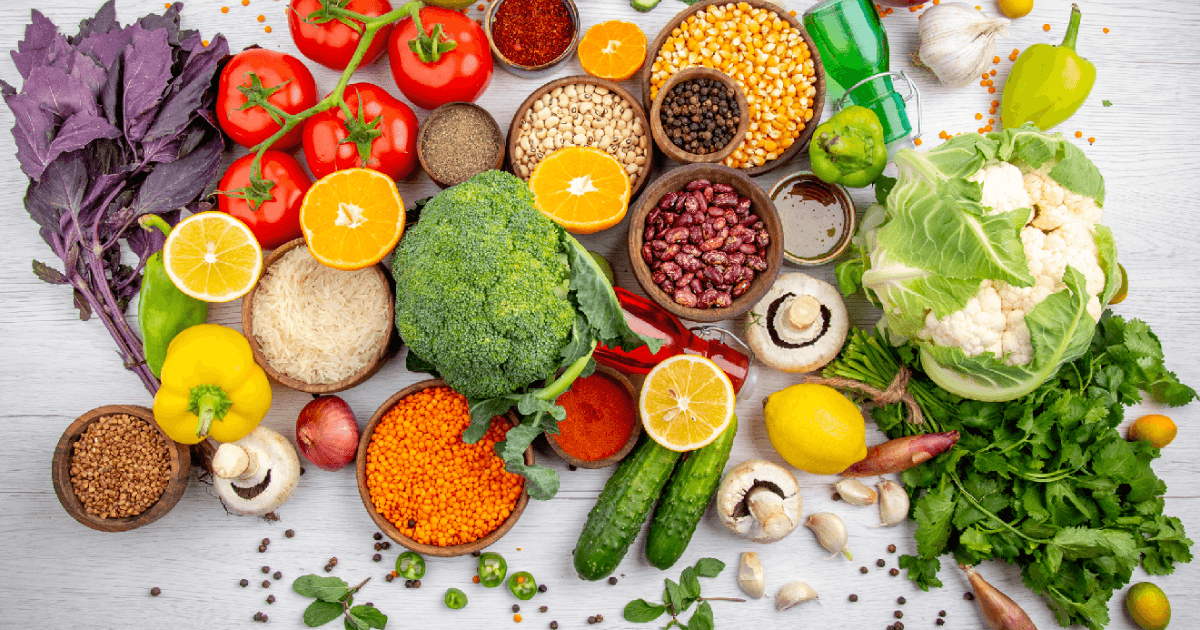
An Indian vegetarian diet is a diet which focuses on plant-based foods like grains, pulses, vegetables, fruits, dairy, nuts, and spices, while excluding meat, fish, and eggs. It is diverse, flavorful, and deeply rooted in cultural and regional traditions.
6 ways an Indian Vegetarian Diet Helps You Lose Weight
The Indian vegetarian diet to lose weight is not about starving yourself or skipping meals. It works because it is full of nutrient rich foods, smart portion control, and everyday food items that support steady fat loss.
1. Rich in Fiber: Keeps You Full Longer
A vegetarian diet is full of fiber from whole grains, leafy greens, kidney beans, lentils, and fresh fruits. Fiber helps manage calorie intake by keeping you full and reducing the need for high calorie foods or packaged snacks.
-
Whole grains and legumes slow digestion and prevent hunger pangs.
-
Fiber lowers the risk of chronic diseases and supports skin health.
-
Vegetable stir fry, mixed vegetables, and fruit juices without sugar add bulk with very little oil.
Including fiber-rich food items in your daily diet makes your weight loss journey easier. It helps burn fat, avoid crash diets, and maintain a healthy weight without skipping meals.
2. Naturally Lower in Calories and Fat
Most meals in an Indian diet plan for weight are naturally low fat, using non starchy vegetables, dals, and whole foods. Cooking with very little oil and adding healthy fats like olive oil or mustard oil helps balance the diet.
-
Non starchy vegetables and leafy greens keep calorie intake low.
-
Avoiding fried foods and refined carbohydrates prevents weight gain.
-
Lemon juice and green tea support fat burning and digestion.
Choosing nutrient rich foods instead of fried snacks or processed foods makes your weight loss plan simple and effective, while keeping enough protein and healthy fats in your diet.
3. Emphasis on Whole Grains, Lentils, and Vegetables
The Indian diet plan for weight loss is centered on whole grains, dals, kidney beans, and non starchy vegetables. These nutrient dense foods provide enough protein, fiber, and energy without extra calories.
-
Brown rice and whole grains are better than refined grains and white bread.
-
Lentils and beans support fat loss and help maintain muscle.
-
Leafy greens and bell peppers add vitamins and minerals.
Eating Indian food like dal-roti, brown rice with kidney beans, or curd lunch with mixed vegetables supports a healthy weight and provides long-term health benefits.
4. Plant-Based Proteins Support Lean Muscle
Protein is important in every diet plan for weight loss. A vegetarian diet includes enough protein from kidney beans, lentils, curd, greek yogurt, almond milk, and chia seeds.
-
Protein helps burn fat and supports lean muscle.
-
It prevents cravings for high calorie foods and fried snacks.
-
Plant proteins are nutrient rich foods that support overall health.
Adding protein-rich Indian food items into your daily diet ensures you have enough protein for your weight loss journey while avoiding crash diets or dependence on non vegetarian foods like chicken breast or grilled fish.
5. Spices Boost Metabolism and Digestion
Indian cuisine is rich in spices like turmeric, cumin, and ginger. These spices add flavor without extra calories or processed foods, while also offering health benefits.
-
Many spices improve digestion and fat burning.
-
Green tea and lemon juice are natural boosters for metabolism.
-
Spices may reduce chronic diseases by lowering inflammation.
Spices in your daily diet make Indian food tasty and healthy. They support fat loss, help maintain a healthy weight, and make your weight loss diet easier to stick with.
6. Portion Control with the Indian Thali Concept
The Indian thali is a natural tool for portion control. It balances dal, sabzi, roti, rice, curd, and fresh fruits, helping manage calorie intake and prevent weight gain.
-
Small servings of many nutrient dense foods support fat loss.
-
Portion control avoids overeating refined carbs and fried foods.
-
Staying hydrated with water or a healthy drink like green tea helps.
Using portion control in your weight loss plan ensures you enjoy Indian cuisine without adding extra calories. It makes the diet plan for weight practical, sustainable, and effective for long-term fat loss.
Looking for easy, balanced recipes that fit into your weight loss journey? Check out Balance Bite for inspiration
Myth vs Fact: Indian Vegetarian Diet and Weight Loss
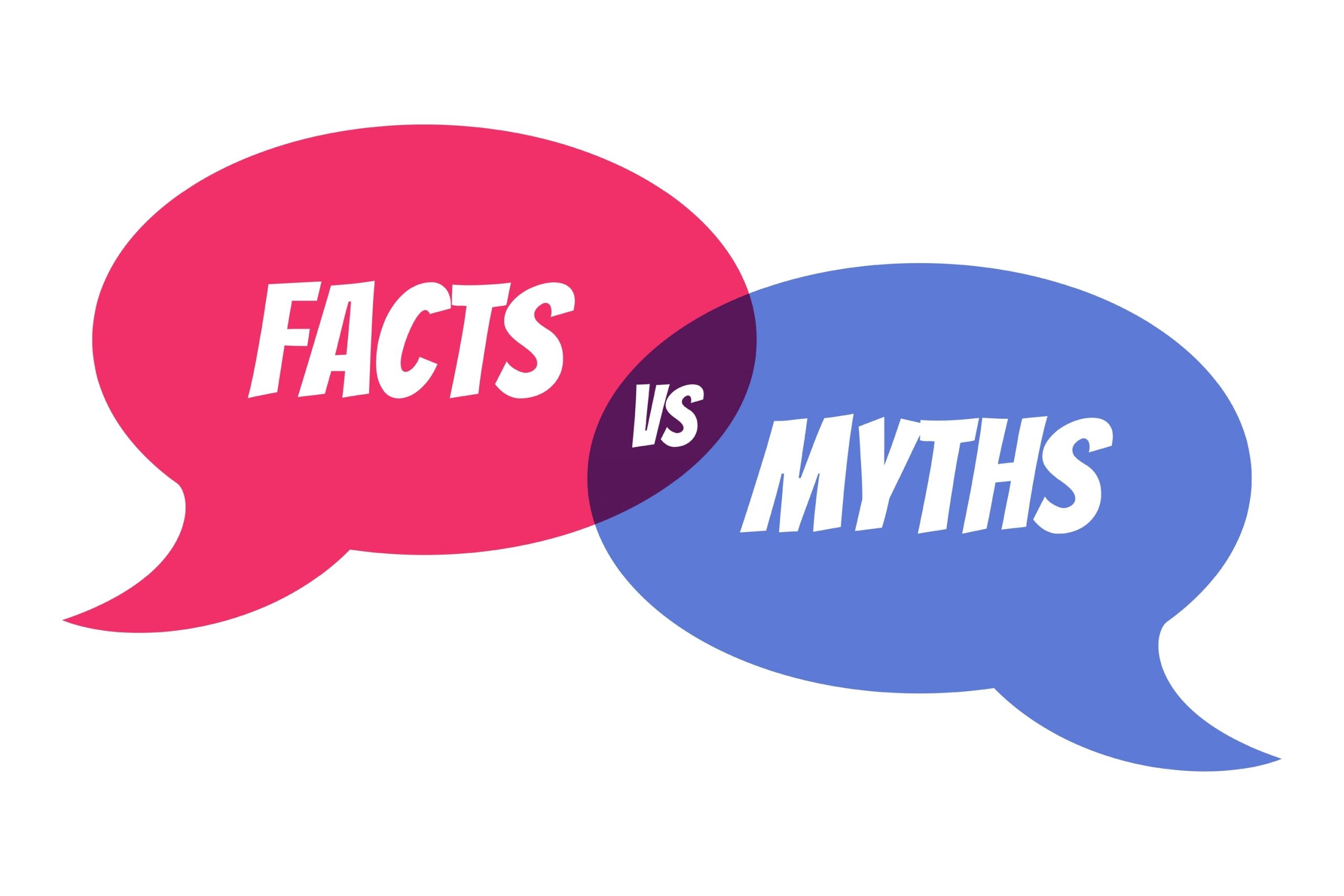
Many people believe the Indian vegetarian diet to lose weight is either too heavy in carbs or not enough for protein. These myths often push people toward crash diets or refined carbs, which only add extra calories. Let’s clear some common doubts with facts.
-
Myth: Eating Indian food like rice or rotis always leads to weight gain.
Fact: Whole grains like brown rice and multigrain rotis, when eaten in portion control, support fat loss and steady calorie intake. -
Myth: A vegetarian diet cannot provide enough protein for a weight loss plan.
Fact: Kidney beans, lentils, greek yogurt, chia seeds, and soy give enough protein for a healthy weight and muscle maintenance. -
Myth: Spices and oils in Indian cuisine are unhealthy.
Fact: Using very little oil like olive oil or mustard oil, along with spices such as turmeric and cumin, adds health benefits without adding extra calories.
The truth is that a well-planned vegetarian diet can be nutrient rich, full of whole foods, and effective for fat burning. Eating Indian food with portion control, avoiding processed foods and fried snacks, and adding fresh fruits or leafy greens can make your weight loss journey simple and sustainable.
7-Day Indian Vegetarian Diet Chart: Pick the Right Plan for You
A weight loss plan works best when it’s practical and easy to follow. Here’s a 7-day Indian diet plan with options for vegetarians, non vegetarians, and vegans so you can choose the one that fits your lifestyle.
Day 1
-
Vegetarian: Breakfast – Vegetable upma | Lunch – Brown rice + rajma + salad | Dinner – Roti + palak paneer + cucumber raita
-
Non-Vegetarian: Breakfast – Vegetable poha + boiled egg | Lunch – Brown rice + grilled chicken breast + salad | Dinner – Roti + fish curry + stir-fried vegetables
-
Vegan: Breakfast – Ragi dosa + coconut chutney | Lunch – Quinoa + chana masala + salad | Dinner – Multigrain roti + bhindi sabzi + almond milk
Day 2
-
Vegetarian: Breakfast – Vegetable oats porridge | Lunch – Roti + dal tadka + mixed vegetables | Dinner – Vegetable khichdi + curd lunch + salad
-
Non-Vegetarian: Breakfast – Vegetable paratha + yogurt + boiled egg | Lunch – Brown rice + grilled fish + leafy greens | Dinner – Roti + chicken curry + vegetable stir fry
-
Vegan: Breakfast – Smoothie with almond milk + chia seeds | Lunch – Millet roti + dal + leafy greens | Dinner – Brown rice + rajma + stir-fried vegetables
Day 3
-
Vegetarian: Breakfast – Idli + sambar + chutney | Lunch – Vegetable pulao + curd lunch | Dinner – Roti + lauki sabzi + dal
-
Non-Vegetarian: Breakfast – Idli + sambar + boiled egg | Lunch – Vegetable pulao + grilled chicken breast + salad | Dinner – Roti + fish curry + leafy greens
-
Vegan: Breakfast – Idli + sambar (no curd) | Lunch – Brown rice + masoor dal + salad | Dinner – Roti + tinda sabzi + almond milk
Day 4
-
Vegetarian: Breakfast – Vegetable paratha + curd | Lunch – Roti + rajma + leafy greens | Dinner – Brown rice + dal + mixed vegetables
-
Non-Vegetarian: Breakfast – Vegetable paratha + boiled egg | Lunch – Roti + chicken curry + stir-fried vegetables | Dinner – Brown rice + grilled fish + salad
-
Vegan: Breakfast – Vegetable paratha + almond milk | Lunch – Roti + chana dal + leafy greens | Dinner – Brown rice + vegetable curry + lemon juice drink
Day 5
-
Vegetarian: Breakfast – Vegetable poha + curd | Lunch – Brown rice + dal makhani + salad | Dinner – Roti + aloo gobi + cucumber raita
-
Non-Vegetarian: Breakfast – Vegetable poha + boiled egg | Lunch – Brown rice + grilled chicken breast + leafy greens | Dinner – Roti + fish curry + vegetable stir fry
-
Vegan: Breakfast – Vegetable poha + almond milk | Lunch – Brown rice + dal tadka + salad | Dinner – Roti + baingan bharta + green tea
Day 6
-
Vegetarian: Breakfast – Vegetable upma + curd | Lunch – Roti + rajma + leafy greens | Dinner – Brown rice + dal + tori sabzi
-
Non-Vegetarian: Breakfast – Vegetable upma + boiled egg | Lunch – Roti + chicken curry + mixed vegetables | Dinner – Brown rice + grilled fish + lemon juice
-
Vegan: Breakfast – Vegetable upma + almond milk | Lunch – Millet roti + dal + leafy greens | Dinner – Brown rice + vegetable stir fry + green tea
Day 7
-
Vegetarian: Breakfast – Ragi dosa + coconut chutney | Lunch – Brown rice + dal fry + salad | Dinner – Roti + paneer curry + leafy greens
-
Non-Vegetarian: Breakfast – Ragi dosa + boiled egg | Lunch – Brown rice + grilled chicken + salad | Dinner – Roti + fish curry + vegetable stir fry
-
Vegan: Breakfast – Ragi dosa + peanut chutney | Lunch – Brown rice + chana masala + salad | Dinner – Roti + tinda sabzi + almond milk
This 7-day Indian vegetarian diet to lose weight gives you flexible options for every lifestyle — vegetarian, vegan, or non-vegetarian. Pairing this weight loss plan with exercising regularly and a stay hydrated drink like green tea or lemon water will help you see real, lasting results.
Not sure how to personalize this plan? Balance Bite shares ideas that can help you adapt meals to your taste and lifestyle
From North to South: Exploring Regional Vegetarian Diets of India
Indian cuisine is diverse, and every region has its own vegetarian diet style. When used wisely, each can become part of a weight loss plan.
1. North Indian Vegetarian Diet

North Indian meals often include rotis, dals, sabzis, and curd. They can be heavy with ghee or fried snacks, but simple changes make them weight-loss-friendly.
-
Roti made with whole grains instead of refined flour
-
Dal with very little oil and added leafy greens
-
Avoiding fried foods and packaged snacks
By swapping white rice for brown rice or millets and focusing on portion control, the North Indian diet becomes a strong plan for weight loss.
2. South Indian Vegetarian Diet
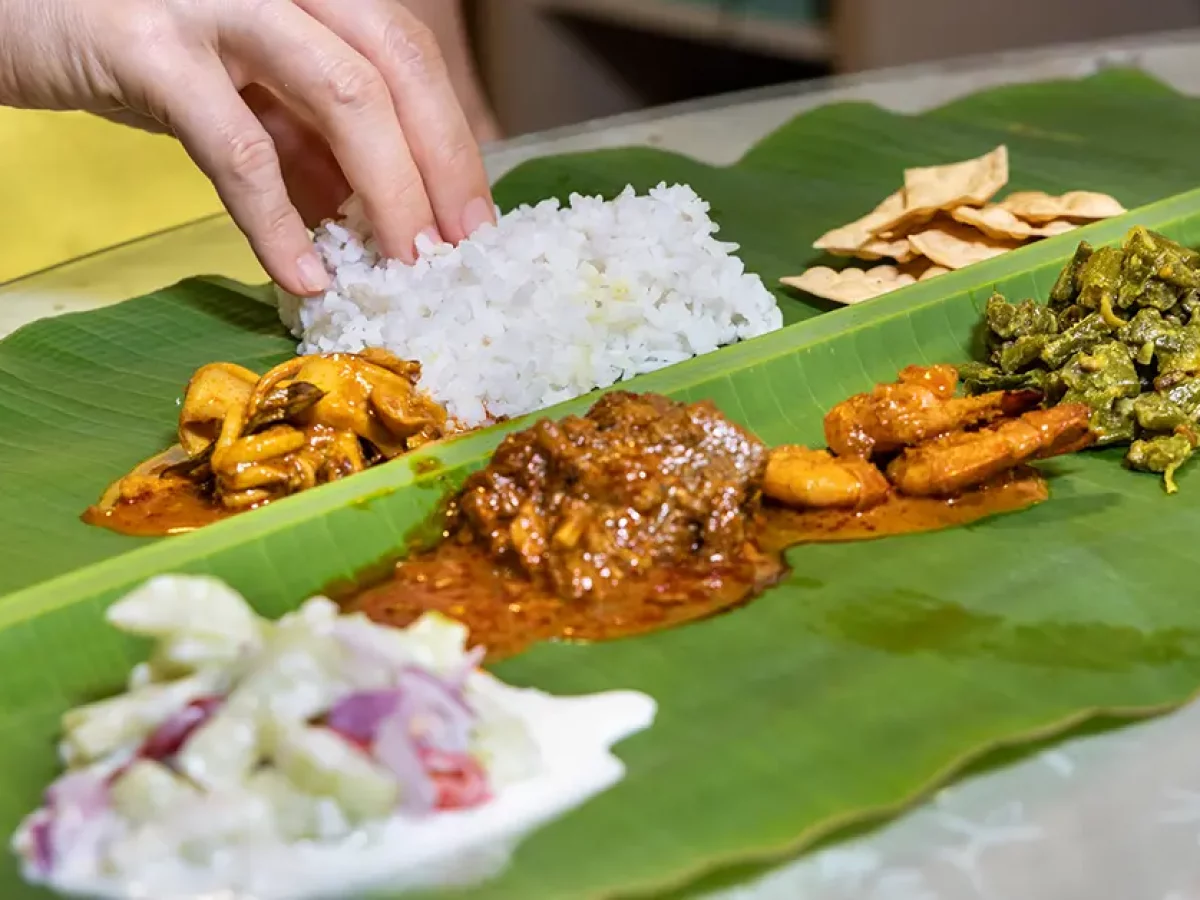
South Indian diets are rich in fermented foods like idli, dosa, and uttapam, often paired with sambar or rasam. These meals are naturally light and support digestion.
-
Idli or dosa made from fermented batter improves gut health
-
Adding vegetable sambar ensures enough protein and fiber
-
Use less oil in chutneys and opt for coconut in moderation
Replacing white rice with red rice or millet dosa makes this diet healthier, while still keeping its traditional flavor and health benefits.
3. Gujarati Vegetarian Diet

Gujarati thalis are colorful and diverse, but they can include extra sugar and oil. With small adjustments, they can easily fit into a weight loss plan.
-
Use whole grains for thepla and khakra
-
Reduce sugar in dishes like dal or shaak
-
Add salads, sprouts, and fresh fruits to balance meals
This diet style works better for fat loss when portion control is followed and fried foods are limited.
4. Rajasthani Vegetarian Diet

Rajasthani food is hearty and often includes gatte, dal-baati, and churma. These are filling but can be calorie-heavy.
-
Bake or steam instead of frying baatis
-
Pair dal with non starchy vegetables like bhindi or lauki
-
Use very little oil and avoid fried snacks
Even in a region where food is rich, a vegetarian diet can support weight loss when portion sizes are controlled and refined grains are replaced.
5. Bengali Vegetarian Diet

Bengali meals often feature rice, posto-based dishes, and mixed vegetables. While tasty, they sometimes rely heavily on white rice.
-
Replace white rice with brown rice or red rice
-
Add leafy greens and seasonal vegetables for fiber
-
Cook with mustard oil in moderation for healthy fats
By making these swaps, the Bengali vegetarian diet becomes nutrient rich and supports a sustainable weight loss journey.
6. Maharashtrian Vegetarian Diet

Maharashtrian food includes poha, thalipeeth, varan-bhaat, and usal. These dishes are balanced but can include fried snacks.
-
Poha with vegetables and lemon juice for added fiber and vitamin C
-
Thalipeeth with whole grains and curd for protein
-
Avoiding fried farsan and choosing grilled or steamed options
This regional diet works well as part of a weight loss plan when refined carbs are limited and whole foods are emphasized.
7. South-West Coastal Vegetarian Diet (Kerala, Konkani, Mangalorean)

These diets use coconut, appams, avial, and curries with local vegetables. Coconut adds healthy fats but should be eaten in moderation.
-
Include non starchy vegetables like gourds and yam
-
Steam or lightly sauté with very little oil
-
Use coconut oil in small amounts and balance with leafy greens
This regional diet can support fat burning when portion control is maintained and fried foods are avoided.
Common Mistakes to Avoid on a Vegetarian Weight-Loss Diet

Even the best Indian vegetarian diet to lose weight can fail if you make common mistakes. Knowing what to avoid is just as important as knowing what to eat, and research published in an international journal shows that small errors in food choice can slow down progress.
1. Overeating High-Calorie “Vegetarian” Foods
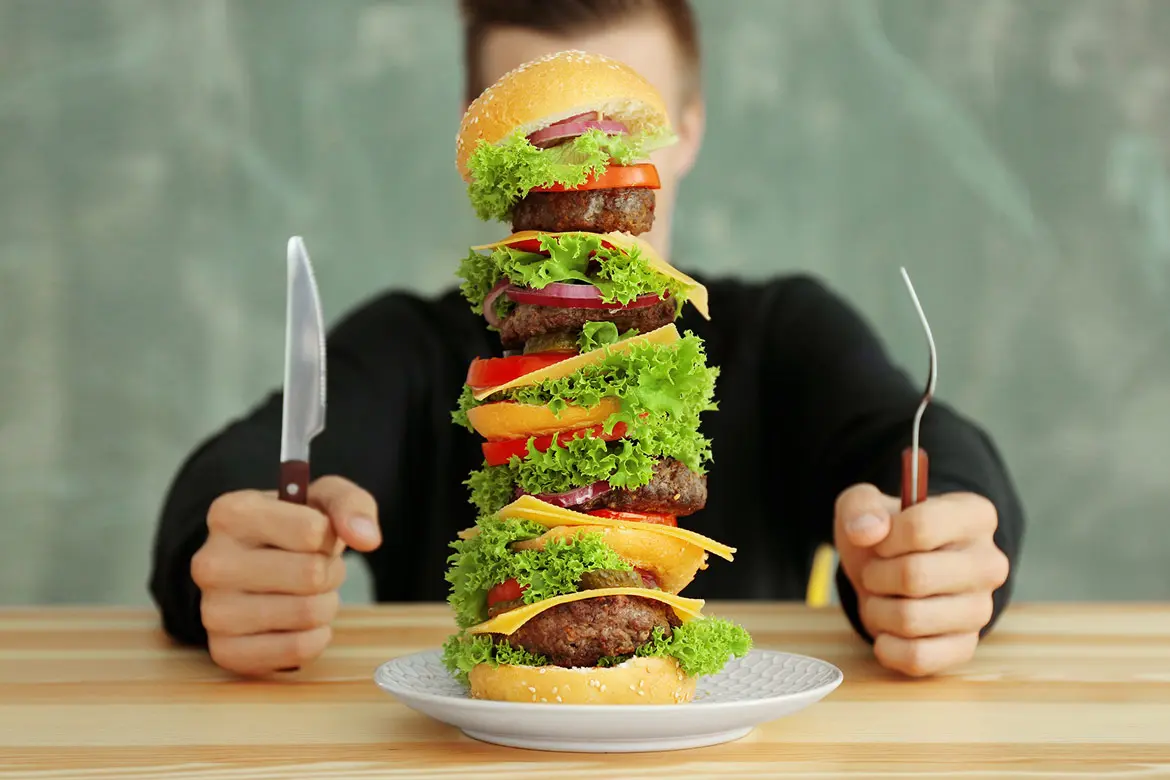
Many people think all vegetarian food is healthy, but some items are loaded with calories. Sweets, fried snacks, and heavy dairy dishes can slow down weight loss.
-
Paneer cooked in excess oil or ghee becomes calorie-dense.
-
Fried foods like pakoras or samosas add extra calories.
-
Sweets and packaged snacks have hidden sugars and fats.
Eating vegetarian food items without portion control can lead to weight gain instead of fat loss. Stick to whole foods and lighter cooking styles.
2. Relying Too Much on Refined Carbs
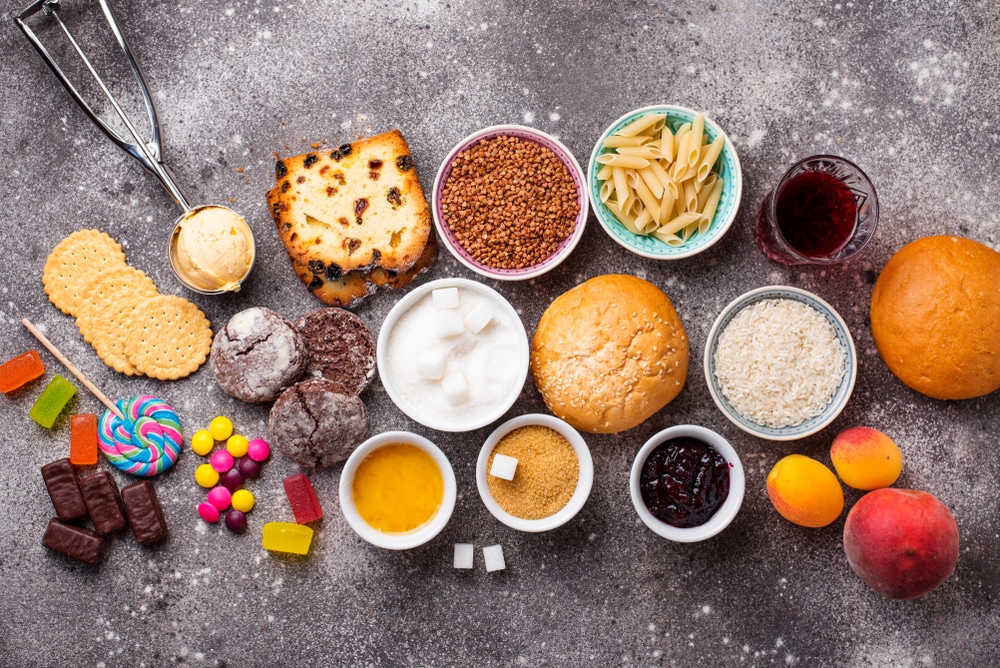
A common problem in Indian food habits is eating too many refined carbs like white rice, refined flour rotis, or white bread. These give quick energy but not long-term fullness.
-
Refined carbs cause sugar spikes and cravings.
-
White rice in large amounts can add to extra calories.
-
Packaged snacks made from refined grains lack nutrients.
Replacing refined carbs with whole grains, brown rice, or millet makes the diet more nutrient rich and supports a steady weight loss plan.
3. Skipping Protein-Rich Foods
:max_bytes(150000):strip_icc()/AddingMoreProtein-c5e715189a4b4af8999039bb2e25dc1a.jpg)
Vegetarians often ignore protein, which is key for fat burning and lean muscle. Without enough protein, your diet plan for weight loss feels incomplete.
-
Lentils, kidney beans, and soy products give plant protein.
-
Curd, paneer, and greek yogurt add protein and probiotics.
-
Chia seeds and almond milk smoothies boost daily diet intake.
Skipping protein can cause cravings, fatigue, and slow metabolism. A good weight loss diet should balance protein with carbs and healthy fats.
4. Ignoring Micronutrients Like B12 and Iron
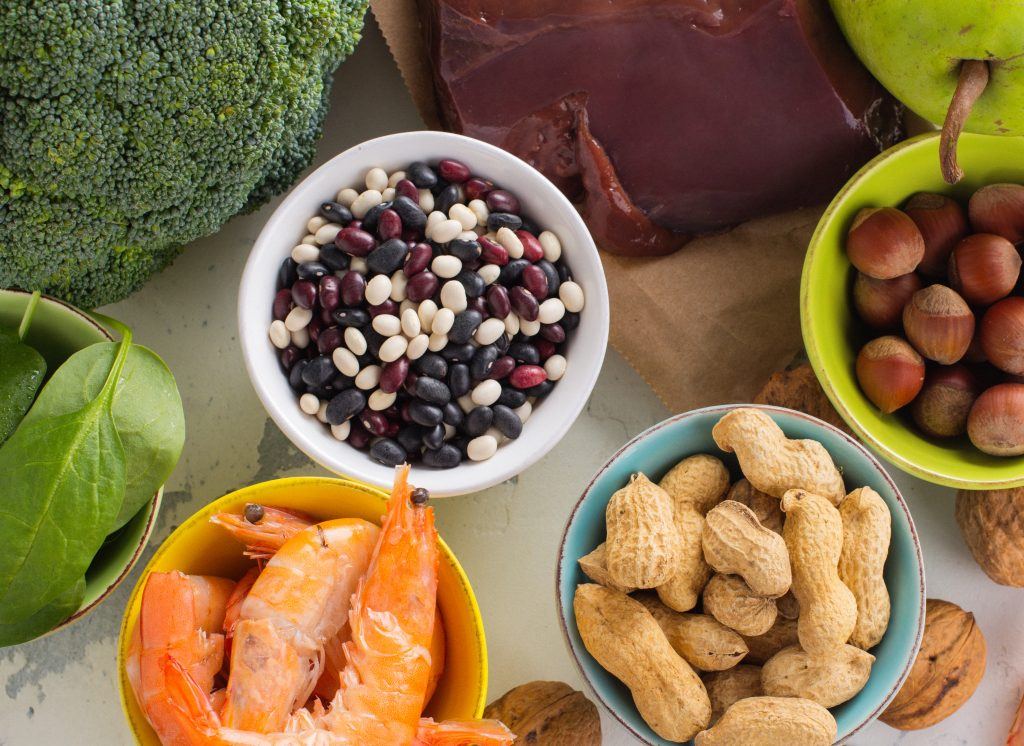
Another mistake is not paying attention to vitamins and minerals. Vegetarians can miss B12 and iron, which are important for energy and health.
-
Iron-rich foods include leafy greens, beans, and jaggery.
-
Vitamin B12 may require fortified foods or supplements.
-
Fresh fruits and lemon juice help with iron absorption.
Ignoring micronutrients may cause weakness and health issues. A balanced vegetarian diet, along with medical guidance, ensures long-term health benefits.
5. Using Excess Oil, Ghee, or Fried Foods
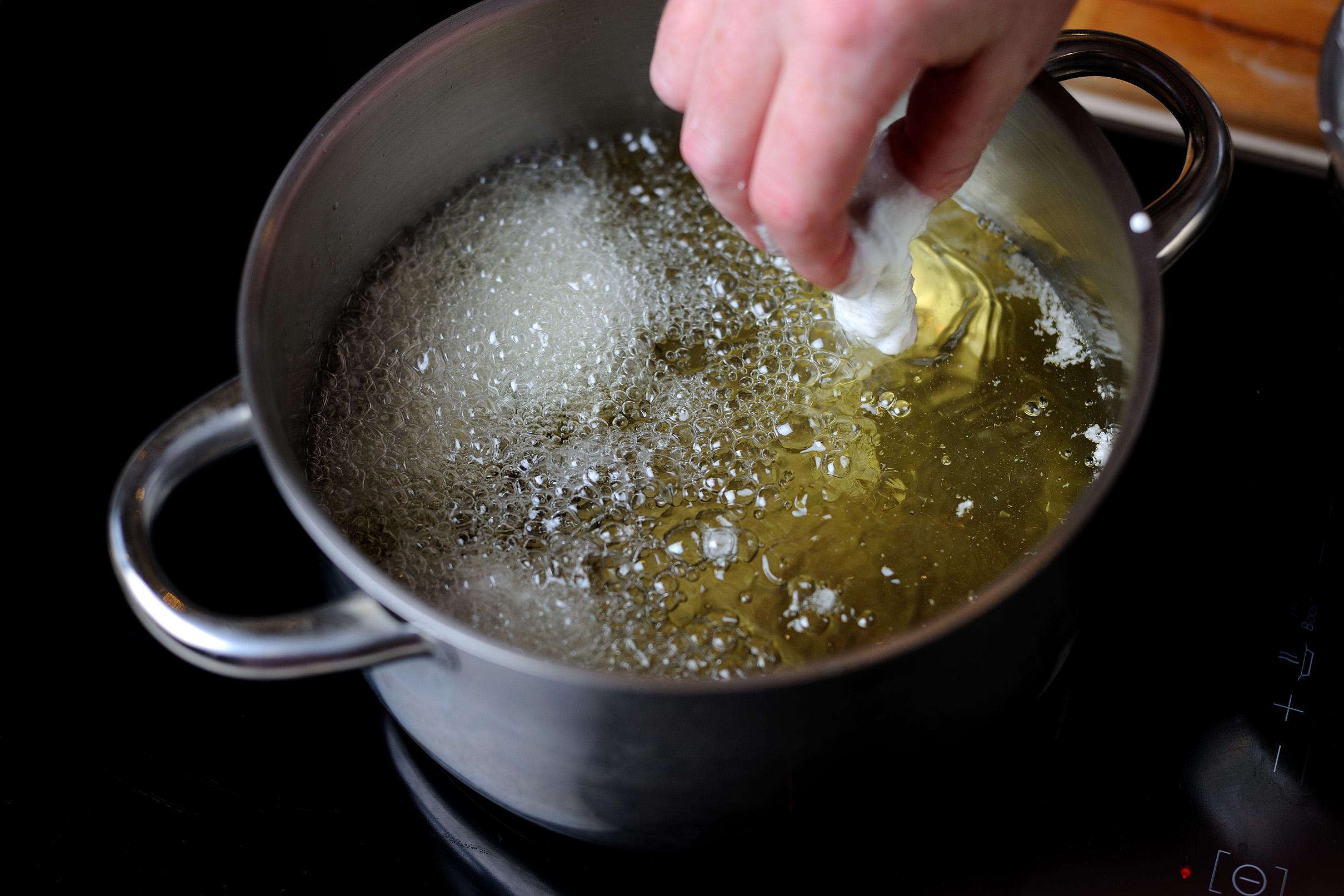
Even a healthy diet plan can fail if cooked in too much oil or ghee. These add extra calories without improving nutrient value.
-
Fried snacks and fried foods increase fat storage.
-
Cooking with very little oil helps control calorie intake.
-
Olive oil or mustard oil in moderation are healthier options.
Avoiding excess fat keeps the diet practical. Unlike a low carb diet that cuts out food groups, focusing on cooking styles and portion control makes an Indian vegetarian diet for weight loss sustainable.
Want to avoid more hidden diet mistakes? Read expert-backed nutrition insights on Balance Bite
10 Practical Lifestyle and Medical Tips for Lasting Weight Loss

Weight loss is not just about diet but also about daily habits. These lifestyle and medical tips make your Indian vegetarian diet to lose weight more effective and sustainable.
1. Stay Active with Regular Exercise
Exercise helps burn fat and maintain a healthy weight. Simple activities like walking, yoga, or light workouts can make a big difference.
-
Brisk walking after meals supports digestion and calorie burn.
-
Yoga improves flexibility and reduces stress.
-
Strength training builds lean muscle for long-term fat loss.
Exercising regularly makes your weight loss journey smoother and supports the benefits of your diet plan.
2. Prioritize Quality Sleep
Sleep is as important as food. Poor sleep can increase cravings and slow down fat burning.
-
Aim for 7–8 hours of deep sleep daily.
-
Avoid screens before bedtime to relax better.
-
Keep a consistent sleep schedule.
Good sleep keeps hormones balanced, helping you stick to your weight loss plan.
3. Manage Stress Effectively
High stress can cause overeating and weight gain. Managing stress helps maintain healthy eating habits.
-
Practice meditation or deep breathing.
-
Engage in hobbies or light activities.
-
Spend time in nature for mental calm.
Lower stress makes it easier to avoid processed foods and stick to your daily diet.
4. Keep Yourself Hydrated
Water supports digestion, reduces hunger, and flushes out toxins. Many confuse thirst with hunger.
-
Drink water before meals to avoid extra calories.
-
Add lemon juice or mint leaves for taste.
-
Green tea is a good hydrated drink option.
Staying hydrated is a simple step that supports portion control and fat burning.
5. Practice Mindful Eating
Mindful eating means paying attention to what and how you eat. It prevents overeating.
-
Eat slowly and chew food well.
-
Avoid screens while eating.
-
Listen to hunger and fullness cues.
This habit prevents weight gain and helps you enjoy the health benefits of your meals.
6. Plan and Prep Your Meals Ahead
Meal planning helps avoid unhealthy food choices when you are busy.
-
Cook in advance and store balanced meals.
-
Keep sautéed veggies, lentils, or salads ready.
-
Carry healthy snacks like fruits or nuts.
Planning ahead keeps your calorie intake balanced and avoids processed foods or fried snacks.
7. Limit Processed and Sugary Foods
Processed foods are high in sugar, salt, and unhealthy fats. Reducing them helps maintain a healthy weight.
-
Avoid packaged snacks and sugary drinks.
-
Replace sweets with fresh fruits.
-
Use whole foods in your diet.
Cutting processed foods ensures your diet plan for weight loss stays clean and nutrient rich.
8. Monitor Portion Sizes Consistently
Portion control is key for calorie balance. Even healthy food in excess can lead to weight gain.
-
Use smaller plates to control servings.
-
Follow the Indian thali concept for balance.
-
Avoid piling extra food items on the plate.
Regularly checking portions helps manage calorie intake without feeling deprived.
9. Follow Medical Guidelines and Checkups
Medical advice is important, especially if you have conditions like diabetes or thyroid issues.
-
Regular health checkups track your progress.
-
Follow doctor’s advice on supplements like B12 or iron.
-
Adjust diet plans if you have specific needs.
This ensures your weight loss diet is safe and supports overall health benefits.
10. Consider Personalized Advice from a Dietitian
Every person’s body is different. A dietitian can design a plan that fits your goals.
-
They adjust calorie intake for your activity level.
-
Suggest food swaps like sautéed veggies for fried foods.
-
For non vegetarians, lighter options like tandoori chicken instead of fried meat are advised.
Professional guidance makes your weight loss plan practical, sustainable, and results-driven.
Making these lifestyle changes along with your Indian vegetarian diet to lose weight creates a balanced approach. It ensures fat loss is steady, healthy, and long-lasting.
FAQ'S

1. Can the Indian vegetarian diet help with conditions like PCOS or thyroid issues?
Yes, it can. A balanced vegetarian diet rich in whole grains, pulses, vegetables, and protein can support hormone balance, but PCOS and thyroid patients should consult a doctor for personalized calorie and nutrient needs.
2. Is it possible to follow an Indian vegetarian diet for weight loss while doing intermittent fasting?
Yes, you can combine both. Just ensure your eating window includes enough protein, fiber, and micronutrients to prevent fatigue and nutrient gaps.
3. Which vegetarian snacks are best for weight loss during travel or office hours?
Roasted chana, sprouts chaat, fruit with nuts, and homemade energy bars are portable, filling, and protein-friendly options for weight management.
4. How much weight can I realistically expect to lose in one month on this diet?
Most people can lose about 1–3 kg in a month with a calorie-controlled vegetarian diet, depending on activity level and consistency.
5. How do I manage eating out or attending functions while on this diet?
Choose tandoori or grilled items, avoid fried and Processed foods and heavy gravies, and control portion sizes; balancing the rest of the day’s meals helps too.
Conclusion
Now that you’ve stayed till the end, you already know you’re serious about making a change. The hardest step in any weight loss journey isn’t finding the perfect plan — it’s deciding to start and staying consistent.
Your path forward doesn’t need to be extreme or complicated. Small choices made every day, when repeated, create the transformation you’re looking for. Even the simplest shifts in mindset and daily habits can take you further than you think.
So take that first step today. Stay patient, keep going, and trust the process — your future self will thank you for the effort you begin right now.
If you’re ready to begin, start small. Balance Bite can guide you with everyday wellness tips that actually fit your lifestyle




















Leave a comment
Translation missing: en.blogs.comments.discription